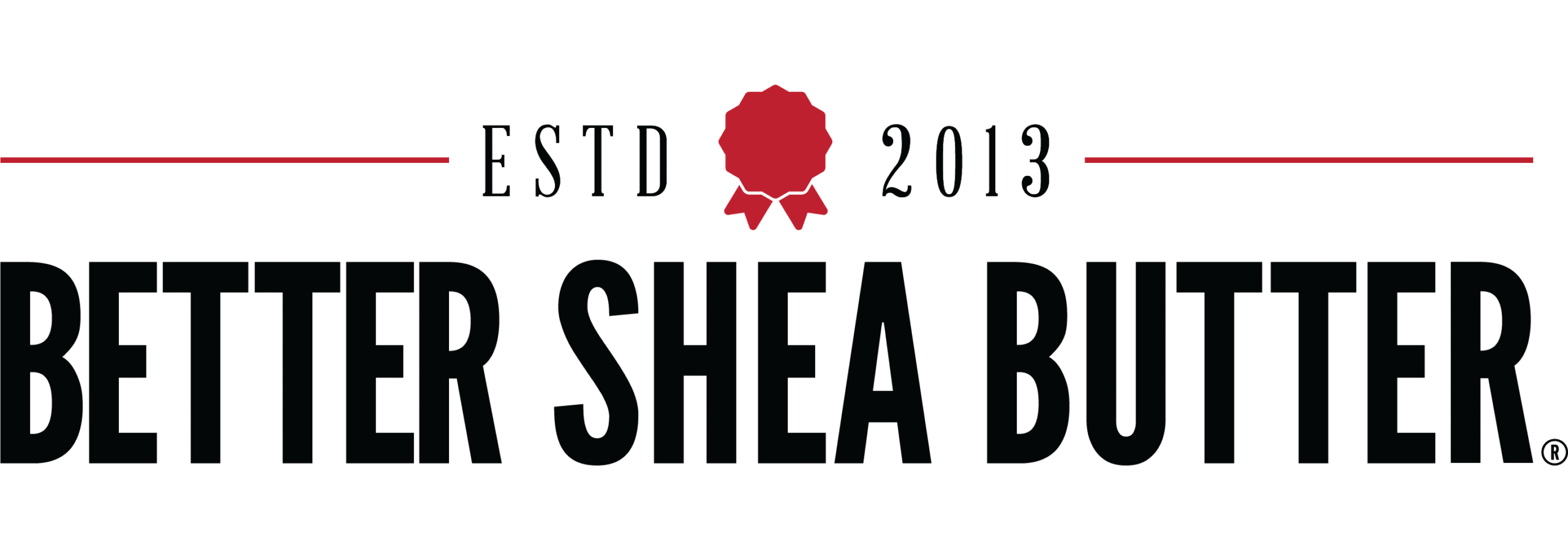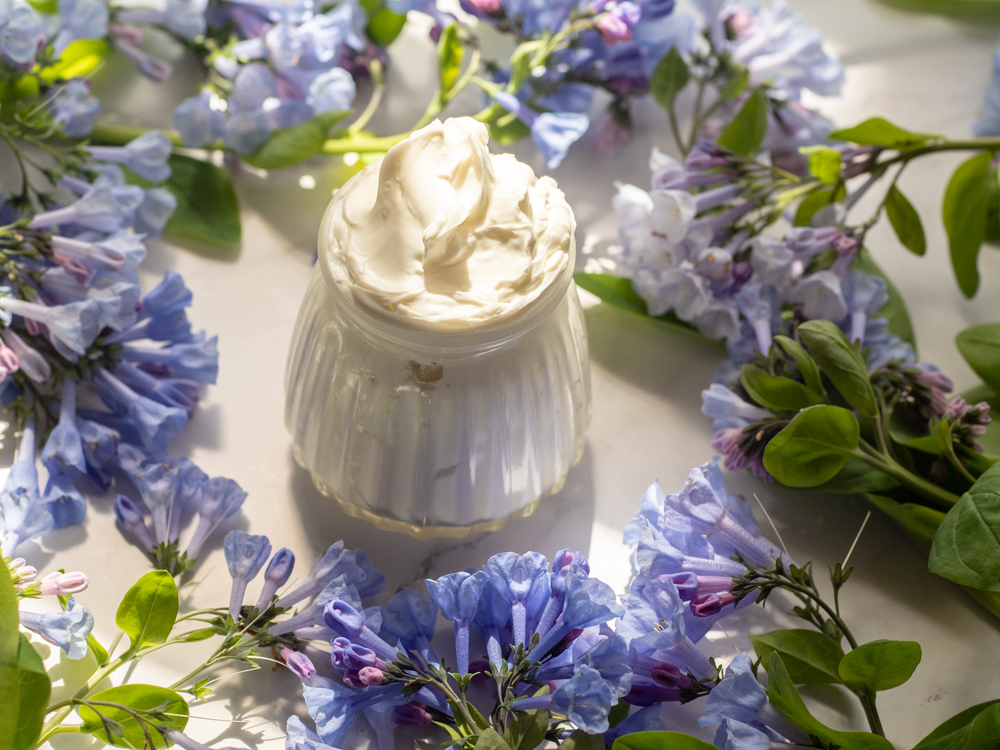DIY Hair Butter is becoming very popular and is a great product to add to your hair care routine. It is also very simple to make your own with a few natural ingredients.
With so many different hair textures and types out there, along with an array of cosmetic butters and oils that are regarded to be the best hair treatments for each type, it is important to first understand your hair and what will work best for you.
Here’s a basic guide to make your own homemade natural whipped hair butter or curl cream.
What is Hair Butter?
Hair butter is a mixture of moisturizing ingredients that are applied to the hair to help add moisture, prevent breakage and protect the hair. They tend to be on the richer side, however you can vary your ingredients towards lighter or heavier oils, butters, and waxes to make them the consistency you desire. If you use the lightest and dryest oils and butters you may find they can even be a good option for straight or oily hair.
Hair Typing
Are you familiar with the hair typing system by Andre Walker? His system utilizes a scale from one through four. 1 is straight, 2 is wavy, 3 is curly and 4 is coily/kinky. Those categories are then broken into subtypes a, b, and c. Across these categories, “a” represents the loosest texture and “c” the tightest. There can be different thicknesses and porosities across this scale.
What is hair porosity? It indicates how much absorption the strands of your hair may have. High porosity hair absorbs water instantly but also loses it quickly. Low porosity takes a while to become fully saturated, but moisture leaves the hair slowly. Porosity is a spectrum, and your hair may fall somewhere on either end, or in the middle. A great way to test this is to place a strand of freshly-shampooed hair into a glass of water. A high porosity strand will typically sink immediately, low porosity will float, and medium/neutral will remain somewhere in the middle.
Naturally, some products will perform better than others on different types. For example, using coconut oil as a leave in conditioner is excellent for high porosity and not recommended for low porosity. This is because the large molecular structure of coconut oil can get stuck in the low porosity hair strand and become hard to remove.
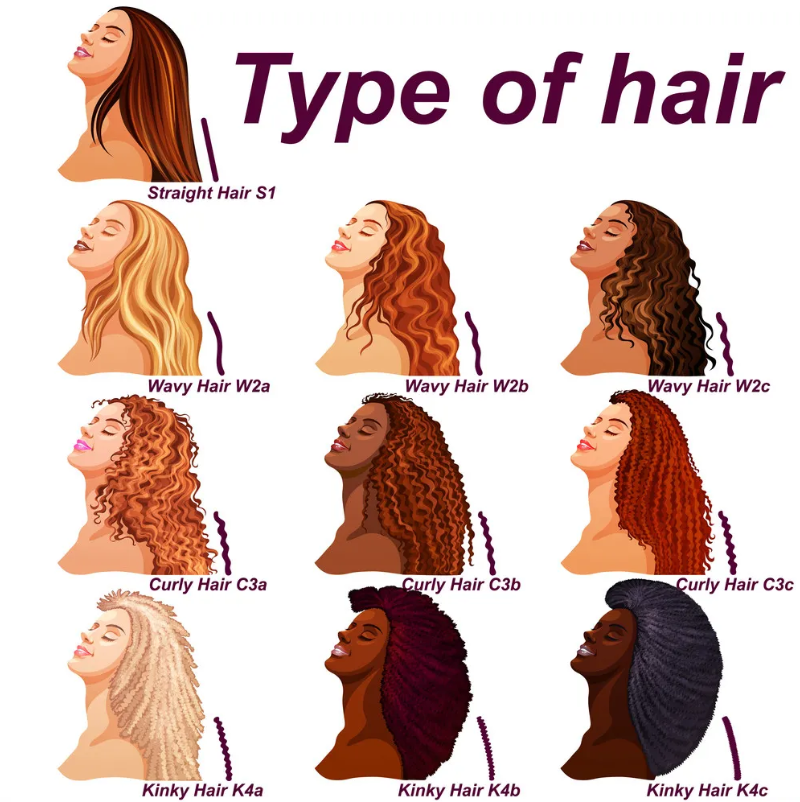
Hair Length
Another thing to consider is hair length. Short hair may do best with a wax/balm style pomade, while people with longer hair may prefer a more liquid, soft, or rich formula.
Save Money
Personally, I’m a 2c/3a with thick hair, high porosity and a dry texture, so rich moisture products work well for me. The dose is key, though – using too much of the richest products can make my hair look weighed down and oily. The thing to remember with butter and oil-based DIY products is that compared to regular drugstore offerings, they’re much more concentrated so you only need a little bit. That’s what makes them work so well for skin and hair in comparison: they are pure raw ingredients so they have concentrated beneficial qualities. Since you’re not paying for water or fillers, you use less and usually end up saving money.
Moisturization
Another thing to consider is the function of the butter, wax, or oil you would like to use. Some are more moisturizing, some function better as styling agents, some add shine, and others are lubricating or provide a bit of hold for easier styling. I had never realized that using shea butter or cocoa butter for hair could be so beneficial before getting to know Better Shea Butter’s cosmetic butters, but they sink right in leaving it moisturized from the inside out.
(That’s also how they work to moisturize even the driest skin that has trouble hanging onto moisture – they’re my go-to for winter elbows and feet.)
Here’s a list of cosmetic butters in my preferred order from lightest to deepest moisture:
- Mango Butter
- Kokum Butter
- Shea Butter
- Cupuacu Butter
- Cocoa Butter
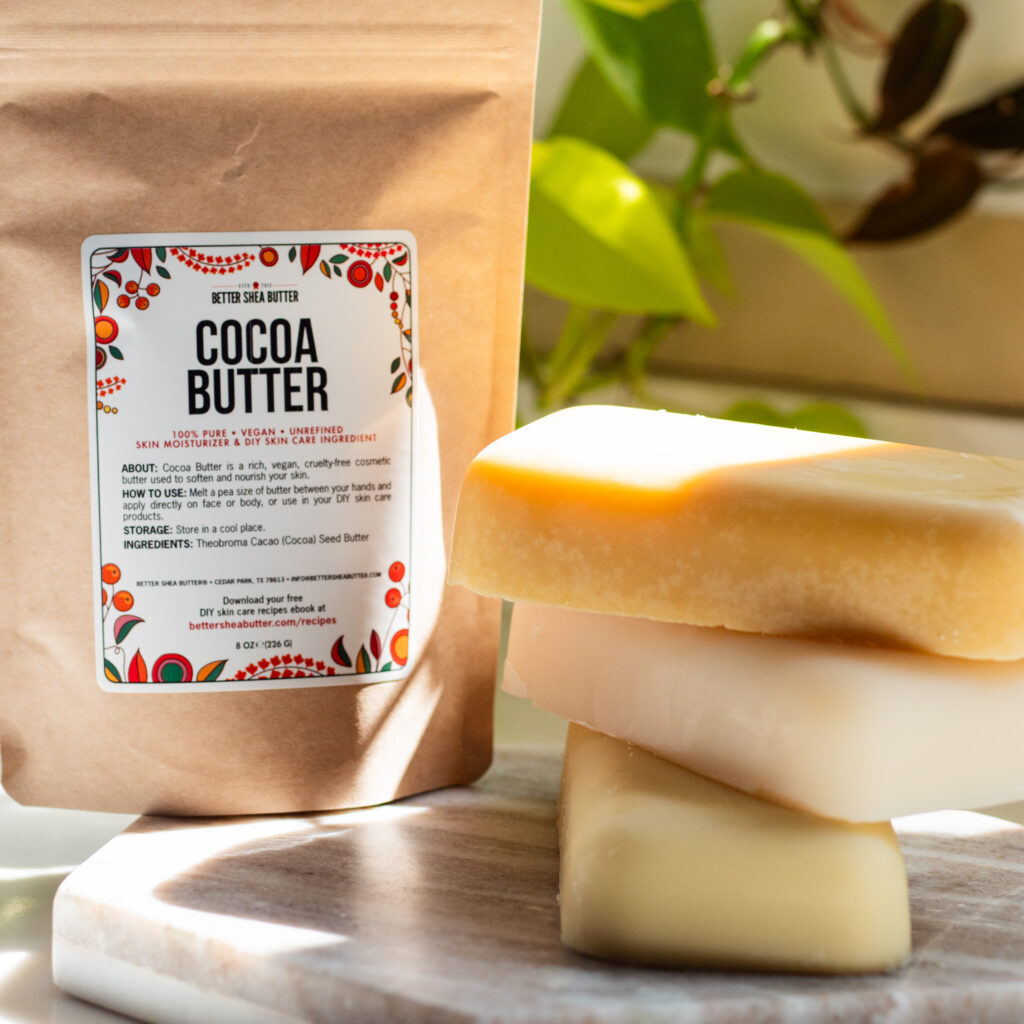
And here’s a list of hair oils in my preferred order from lightest to deepest moisture:
- Grapeseed Oil
- Olive Oil
- Apricot Oil
- Jojoba Oil
- Sunflower Oil
- Almond Oil
- Coconut Oil
- Argan Oil
Styling Butter
For more of a styler, frizz controller or defining curl butter, I like using mango butter for its lightly moisturizing, almost wax-like texture and jojoba oil as a balanced oil that isn’t too dry or too emollient.
Easy to Make
Your hair butter will be a waterless formula, much like our recipes for whipped shea butter or other body butters. If you want to make a cream or lotion base, this requires an emulsifier and preservative, which is an entirely different kind of formulation. Formulas composed of waxes, oils, and butters do not require these additional ingredients and will remain good for about six months when stored away from excessive heat and moisture.
A great way to get around having to include water in your formula is to apply directly to wet hair, use a hydrosol (flower water) or even just a plain water mist on dry hair first, and then lock it in with the ingredients in your hair butter.
Ingredients and Formulation
So how do you make your own custom hair butter recipe? That’s easy: first pick your butter or butter combination and your carrier oil. You can also add 1-2 tbsp of your preferred wax for more styling power or for facial hair/beard butters. For more information on working out butter and oil ratios please see this article here.
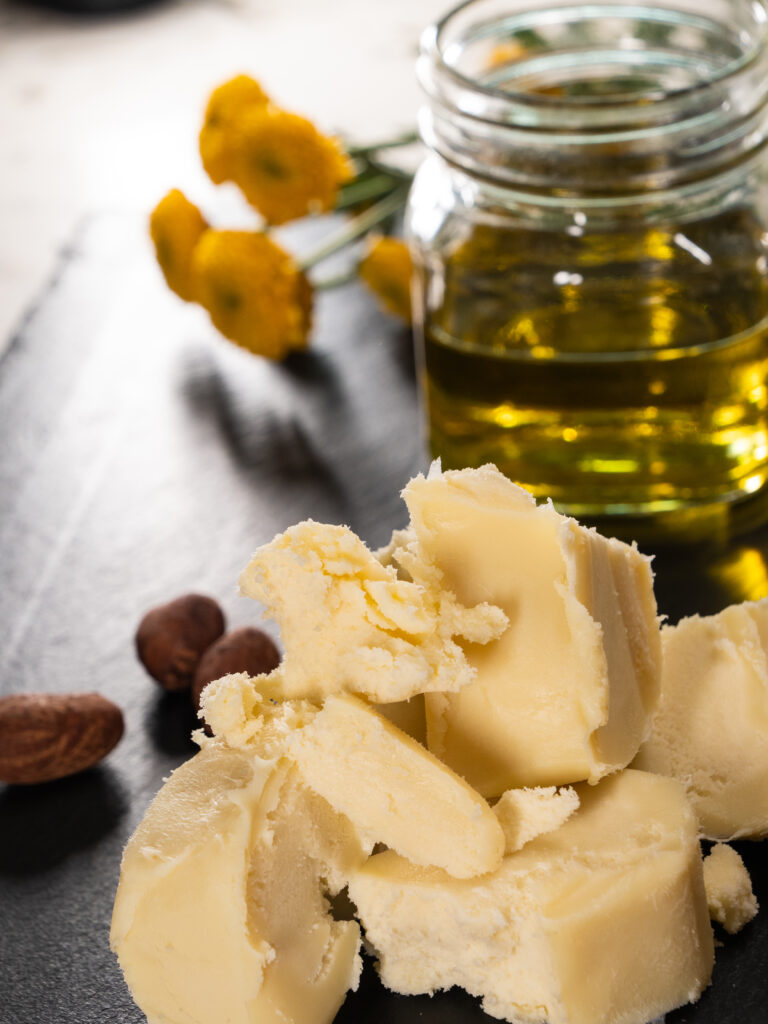
DIY Hair Butter Recipes
Here are some of my personal favorite DIY hair butter recipes. These are formulated for my 2c/3a, high porosity, thick, and dry hair but as above you can easily adjust them as needed for your hair type by varying the ingredients.
Deep Moisture Hair Butter or Deep Treatment
(Just a little pea size works perfectly when my hair is thirsty looking)
- 1 oz cocoa butter or shea butter
- 1 oz almond oil
- 1-2 drops essential oil fragrance (optional)
Daily Styling Butter
(Great for light hold, light moisture. For days that require a little more control)
- 3 oz mango butter
- 1 oz jojoba oil
- 1 tbsp beeswax or carnauba wax (optional)
- 1-2 drops essential oil fragrance (optional)
Instructions:
- Melt the butter and optional wax of your choice over a double boiler setup
- Remove from heat
- Wait one minute
- Combine with your carrier oil and optional essential oils
- Leave to mixture to set in the fridge or freezer until 50% solid
- Whip to perfection
- Apply to damp hair or style as desired
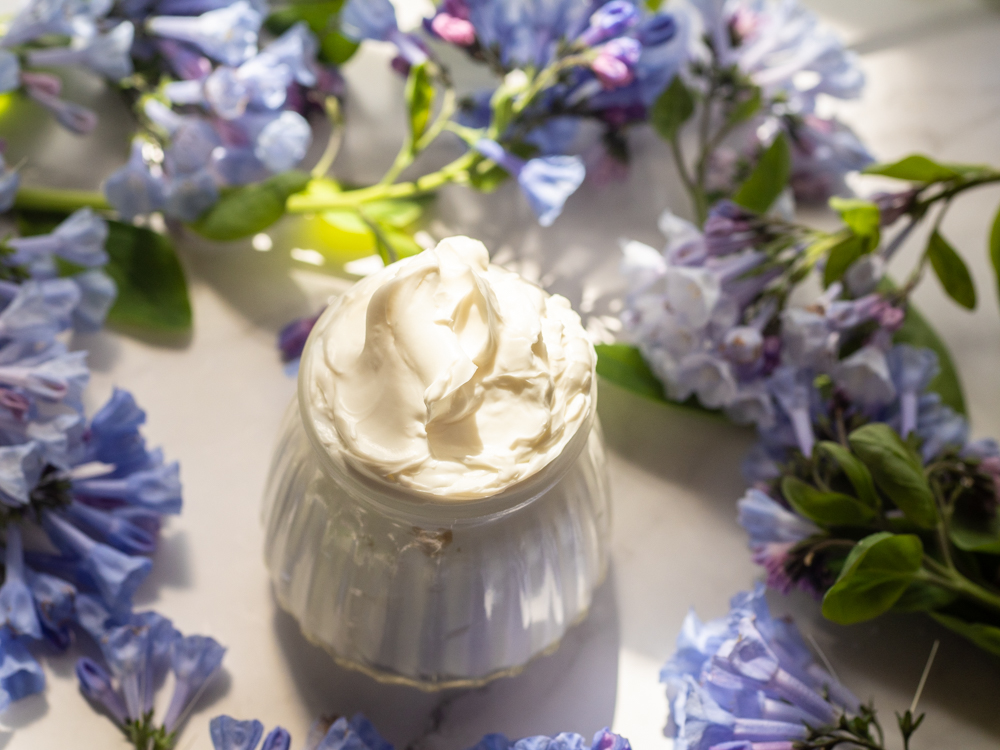
Scalp Treatments
I hope you enjoyed this tutorial and it helps you formulate the best hair product for you. Next time in our DIY hair product series, we’ll talk about hair masks and scalp treatments.
Please feel free to leave a comment below with any questions or feedback you may have.
Author: Natalie, Natural DIY Enthusiast

